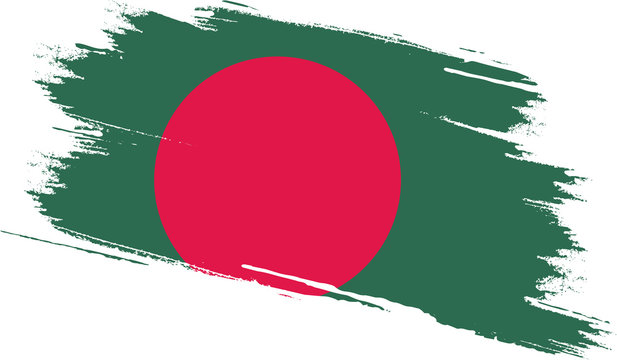Bangladesh got independence after Pakistan and India but today it is on the list of top countries. It has a well established economic system, healthcare services, quality education, and so on. Bangladesh’s success story till the year 2022 is astonishing. Pakistan and India should take lesson from Bangladesh, how this small country has successfully developed its infrastructure.
Since its inception in 1971, Bangladesh incredibly emerged from grave poverty to achieve the highest GDP growth rate globally from 2010 to 2020. “Bangladesh has confirmed as a South Asian Economic Miracle”. Moreover, the country is on track to make out from the UN’s Least Developed Countries (LDC) list by 2026. According to the International Finance Corporation (IFC), the annual revenue of the country’s garment industry has risen from $19 billion to $34 billion (79 percent) in the last seven years. The World Bank’s data shows that Bangladesh is among the fastest-growing economies worldwide over the past decade, supported by the ready-made garment (RMG) exports, demographic dividend, and stable macroeconomic conditions. Poverty decreased to 14.3 percent from 43.5 percent in two decades. Bangladesh started with a low income per capita but today the per capita income is $2000 with a GDP of almost $355 billion. Bangladesh has made progress in every sector whether it is economics or business or social to the health sector.
Bangladesh has become an important partner of Germany. Therefore, there should be a further easing of the cooperation and ties between Bangladesh and Germany, as this will be a solution where everyone benefits.
The fundamental question is that how did that happen? The answer is simple, it is the hard work and sweat of the people, farmers, workers, investors, entrepreneurs, NGOs, and policymakers that brought such a remarkable change, development, and result in the country. The country is also facing a climate change problem. To tackle this issue Bangladesh raised around $38 billion to control the adverse effects of climate change and funded 718 projects. The government is currently spending $1 billion per year (around 6 to 7 percent of its total annual budget) on the mitigation of the climate crisis. According to the Climate Financing for Sustainable Development report, in the 2020-21 budget, climate-relevant allocation as a percentage of the budget of 25 ministries whose work is related to climate change declined to 7.52%, compared to last year’s allocation of 7.81%. Allocation in the budget is further distributed across six thematic areas; at 41.25%, the largest share of the total allocated budget for climate change goes to food security, social protection, and health.
Pakistan should learn from Bangladesh. The latter became independent in 1971, and in 51 years it became well flourished and well established both in economic and social terms. While Pakistan is far behind in every sector and could not stand strong in the international arena.




